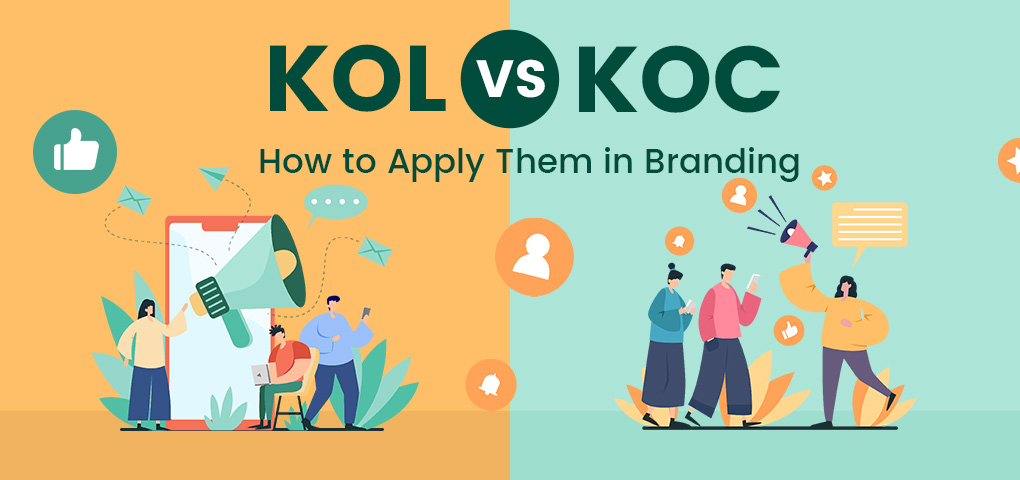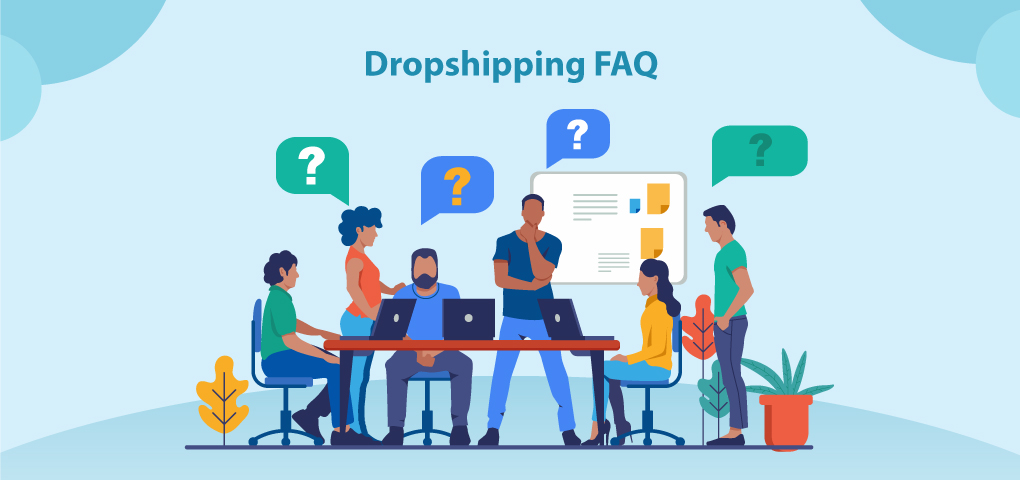KOC and KOL are essential online marketing strategies to boost brand awareness, improve brand recognition, and increase sales. There seems to be some KOL vs KOC debate and how these different marketing strategies work. Many entrepreneurs are even eager to learn how to apply them in branding. To help you out, we have created this comparison guide on KOL and KOC. In this guide, you can learn KOL vs KOC pros & cons, differences, and importance for your brand.
Both KOC Key Opinion Consumer and KOL Key Opinion Leader are effective marketing tools retailers should adopt. The key opinion leader engagement plan has helped many businesses launch new products or services, improve brand awareness, influence the decision-making process, and increase sales. Though Key Opinion Consumer and Key Opinion Leader marketing strategies relate to products or services, they mean different things. Considering the impact of both KOL and KOC, it is hard to substitute one for the other.
What are KOL and KOC?
KOL Key Opinion Leader is a famous person trusted and respected by a group of audiences sharing similar ideologies and behaviors. Key Opinion Leader management experts are knowledgeable and influential in a particular field. They are esteemed for their status quo, brilliance, and specialties. Actors, actresses, models, footballers, comedians, and people who have made themselves popular on/off social media can be regarded as Key Opinion Leaders. KOLs are paid to promote products and or services for a brand.
Key Opinion Leader KOL is slightly different from an “Influencer”. Yes, both Influencers and KOLs can connect and relate with their audience. The notable difference is that influencers operate online via social media, blogs, and YouTube, while KOLs operate online and on traditional media. You’ll find Key Opinion Leaders on your local TV and radio programs, but you can’t find influencers on these channels. Feel free to interchange both “KOL” and “Influencer”, but note the difference.
KOC, Key Opinion Consumers are regular consumers who have purchased a product or service and used it before sharing their experience with the product or service in the form of online reviews or product ratings. Retailers cherish KOCs because they can influence other buyers’ decisions a great deal. Unlike KOLs, KOCs have no status quo whatsoever. They barely have followers or a large fan base, yet their reviews or opinion about a product can impact the largest audience. Since KOCs are very loyal to brands; their submission on a product or service would be genuine, unlike KOLs who can perhaps be motivated to promote a product or service just for the money.
The pros and cons of Key Opinion Leader KOL marketing strategy
Both KOL and KOC marketing strategies have their respective strengths and weaknesses, which we will discuss in this section. Consider the pros and cons of strategy influencer marketing:
KOL Pros
- Most Key Opinion Leaders earn their living promoting products or services for brands professionally.
- KOLs understand their audience and know how best to relate the product or service to them – this gives them a high conversion rate.
- KOL can amplify brand exposure across multiple channels, both on social media and social media.
- They can easily impart their cultural cachet to brands they work with.
KOL Cons
- The cost of hiring a KOL is dependent on several factors such as audience size, popularity status, etc. Yet, individual rates for KOLs are costly.
- KOL followers are not loyal because they believe their endorsements are for profit-making, not for authenticity.
The pros and cons of KOC Key Opinion Consumer marketing strategy
KOC marketing is a typical example of organic marketing. Below are some of its benefits and drawbacks.
KOC Pros
- KOC marketing is a low-cost marketing strategy since they are not paid.
- Reviews and feedback by a KOC are genuine, authentic, and legitimate since they have tried out and gotten satisfaction from what they bought.
- KOC marketing influences buyers’ decisions. The statistic shows that 90% of buyers read online reviews to decide whether or not they will purchase a product or service. This is where the purchasing power lies.
KOC Cons
- KOCs may or may not leave a review on their purchased product since they are not paid to do so.
- KOCs have fewer followers, which limits the number of people they can influence.
KOC vs KOL – who is the winner in marketing?
Initiative: Judging by the investment, brands pay little to KOCs to test or review their products or services. On the other hand, KOLs are contacted and paid or offered product incentives to promote products and services that match their interest.
Audience: KOCs aren’t concerned about their audience size. The number of audience matters for KOLs – the higher the audience, the higher the cost of promotion. KOLs are categorized into:
- Celebrities (1,000,000 and above)
- Micro-Influencers (10,000 – 50,000)
- Nano-Influencers (1,000-10,000)
Authenticity: Since KOLs are paid to partner with brands and promote their stuff, the authenticity is weaker. With KOCs, the authenticity is stronger since they express their thoughts and opinions based on their purchase and usage.
Verdict: In our opinion, your business can successfully implement the best influencer marketing strategy and KOC marketing strategies. What is an influencer marketing strategy? It simply means contracting a KOL to promote your products or services. If you cannot afford to contract a KOL, then you must ensure to satisfy your customers with quality products and fast shipping so they can leave you a review. Applying these two strategies after you learn how to build an influencer marketing strategy can produce the 1+1>2 consequence, which is beneficial for any business.
Conclusion
Every brand needs an additional push to get its products or services to the targeted audiences. If you plan to expand your brand or build a new brand, both KOC and KOL marketing are effective strategies to implement. The benefits of using KOC marketing and b2b Influencer marketing strategy are enormous. Ensure to conduct proper research when selecting a KOL for your brand.




